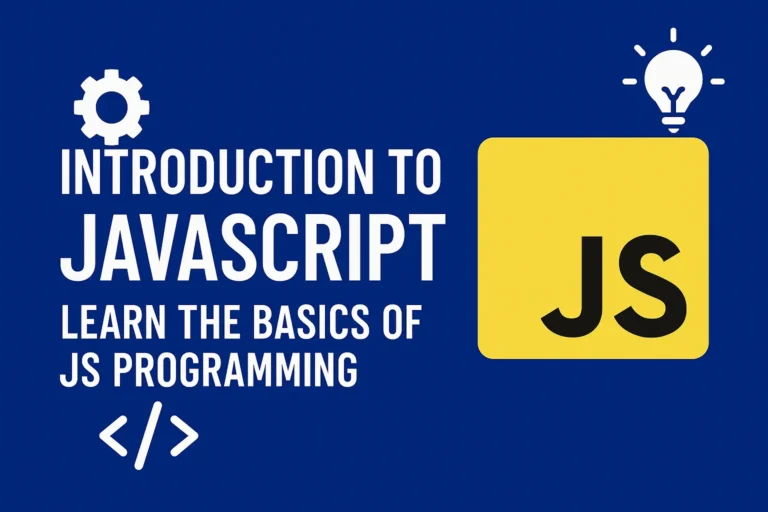However, as projects grow in size and complexity, maintaining clean, organized, and readable code becomes essential for better collaboration, debugging, and scalability. In this article, we’ll delve into some best practices for organizing and enhancing the readability of your JavaScript codebase.
Code Organization
Modularization:
Break down your code into modular components or modules, each responsible for a specific functionality or feature. This not only makes your code more manageable but also promotes reusability and easier maintenance. Utilize ES6 modules or tools like Webpack or Rollup for bundling modules.
// module.js
export function greet(name) {
return `Hello, ${name}!`;
}
// main.js
import { greet } from './module.js';
console.log(greet('World')); // Output: Hello, World!
Folder Structure:
Organize your project files into a logical folder structure based on features, components, or functionality. This helps in locating files quickly and maintains consistency across the codebase.
/src
├── components
│ ├── Header.js
│ ├── Sidebar.js
│ └── ...
├── utils
│ ├── helperFunctions.js
│ ├── constants.js
│ └── ...
├── styles
│ ├── main.css
│ ├── variables.scss
│ └── ...
└── ...
Use Meaningful Names:
Choose descriptive and meaningful names for variables, functions, and modules. This improves code readability and makes it easier for other developers to understand the purpose of each component.
// Bad
function fn() {...}
// Good
function calculateTotalPrice() {...}
Code Readability
Consistent Formatting:
Follow a consistent coding style throughout your project. Use indentation, spacing, and line breaks consistently to improve readability. Tools like ESLint or Prettier can help enforce coding standards.
// Inconsistent formatting
function greet(name){
return 'Hello, ' + name;}
// Consistent formatting
function greet(name) {
return `Hello, ${name}!`;
}
Comments and Documentation:
Add comments to explain complex algorithms, tricky logic, or unclear code sections. Document functions and modules using JSDoc comments to provide clear usage instructions and parameter descriptions.
/**
* Calculates the total price of items in the cart.
* @param {Array} items - An array of item prices.
* @returns {number} The total price.
*/
function calculateTotalPrice(items) {
// Logic to calculate total price
}
Avoid Magic Numbers and Strings:
Replace magic numbers and strings with constants or variables with descriptive names. This enhances code maintainability and makes it easier to understand the purpose of each value.
// Magic number
if (age >= 18 && age <= 65) {...}
// Using constants
const MIN_ADULT_AGE = 18;
const MAX_ADULT_AGE = 65;
if (age >= MIN_ADULT_AGE && age <= MAX_ADULT_AGE) {...}
Error Handling:
Implement error handling mechanisms such as try-catch blocks or error handling functions to gracefully handle exceptions and failures. This prevents unexpected crashes and improves the robustness of your application.
try {
// Code that might throw an error
} catch (error) {
console.error('An error occurred:', error.message);
}
Conclusion
Mastering JavaScript involves not only writing functional code but also ensuring that it is well-organized and easy to read and understand. By following the best practices outlined above for code organization and readability, you can improve the quality and maintainability of your JavaScript projects. Remember, clean code is not just a luxury but a necessity for successful and scalable software development. So, apply these practices diligently and watch your JavaScript projects flourish!






